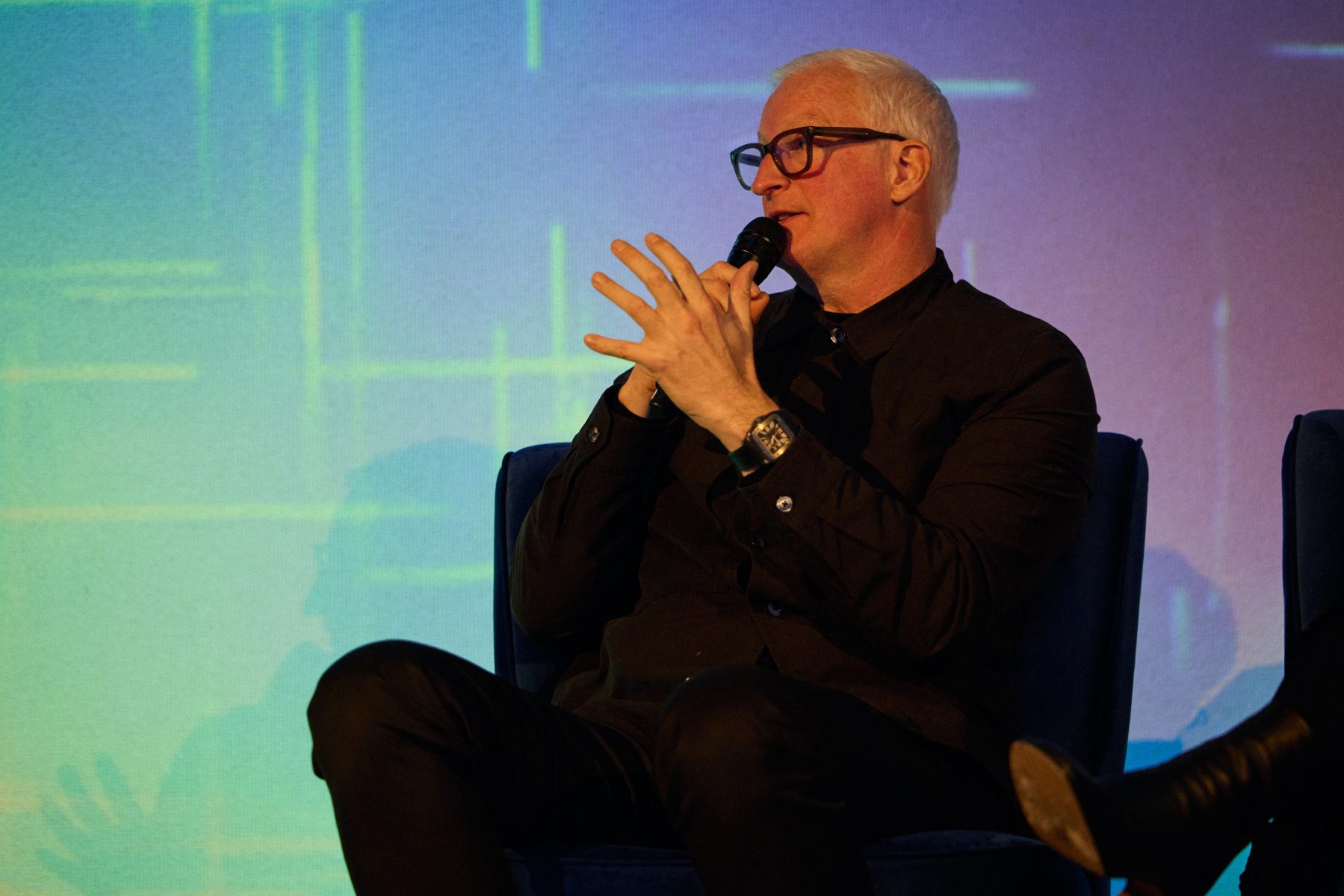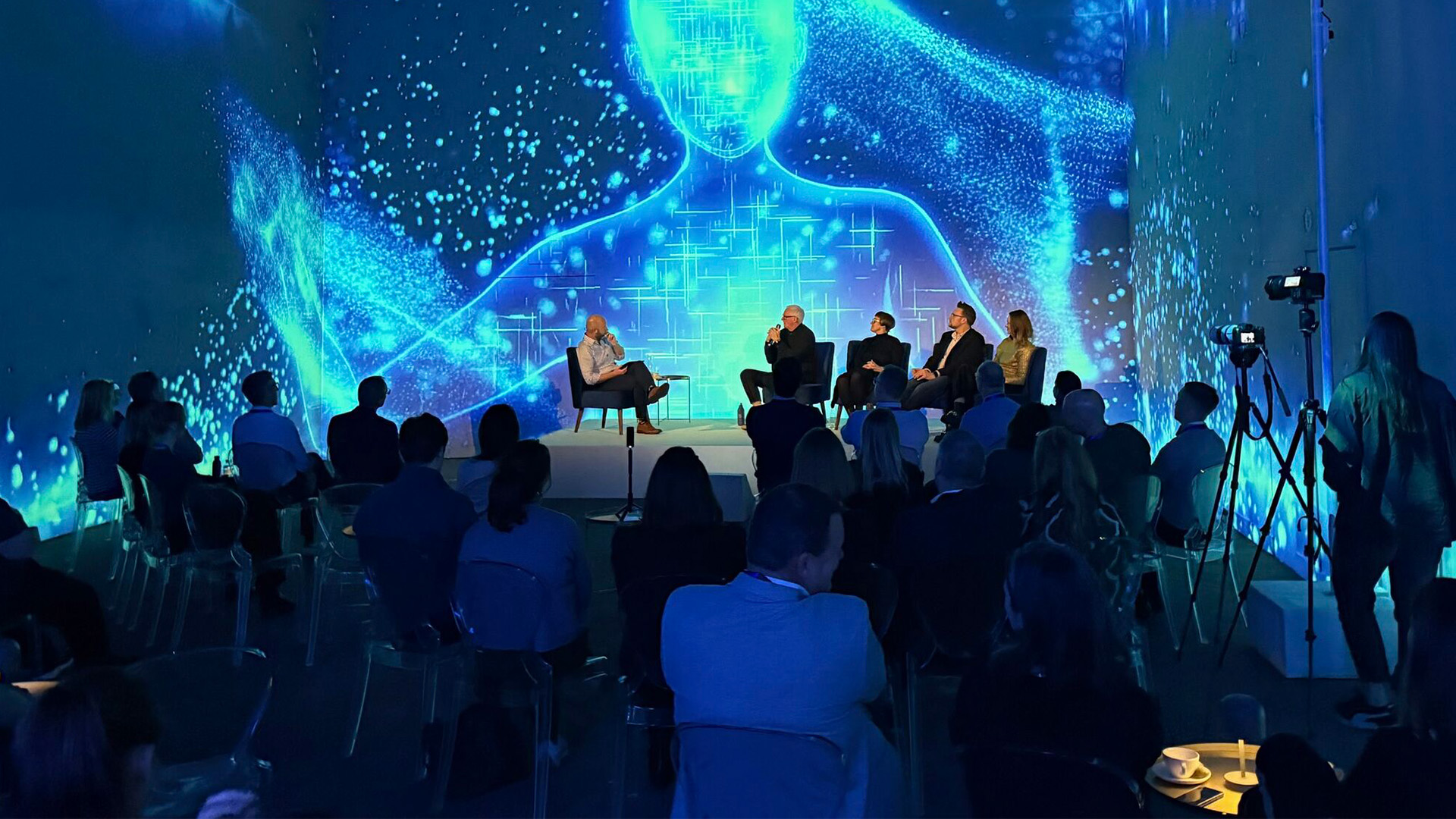Sourcing registration software, and what to look for
Choosing the right registration software can make or break your event’s first impression. We explore how to define your objectives, prioritise user experience, and ensure seamless data integration
When it comes to delivering a seamless event experience, few elements are as critical as the registration process. It’s the first interaction your attendees will have with the event, and first impressions count. Get it right, and your guests will enter the event primed for a smooth, professional experience. Get it wrong, and you risk starting on the back foot, with frustrated attendees and a team already in firefighting mode.
Choosing the right registration software is more than just ticking boxes, it’s about understanding the flow of your event, the needs of your audience, and the operational complexities behind the scenes. With countless options on the market, from budget platforms to high-end bespoke solutions, the challenge lies in finding a platform that matches the scale and complexity of your event.
To get a clearer picture of how to approach sourcing registration software, we spoke to two members of the project team at Identity, who have seen it all when it comes to event delivery.
Start with your event objectives
Before you even start comparing platforms, you need to define what success looks like. Is the registration process purely functional – a quick and easy way to capture attendee details, or is it part of a wider engagement strategy?
“Too many event managers jump straight into software trials without considering the bigger picture,” says Malcolm Ché, Head of Strategy and Innovation at Identity. “You need to understand the core objectives of the event. Are you trying to capture rich data for post-event analysis, or simply making the check-in process as frictionless as possible? The answer will guide you towards the right platform.”
For example, if the event is a large-scale public-facing activation, quick throughput and minimal attendee input may be the priority. For a corporate summit, you might need deeper insights into attendee behaviour and personalised data collection.
“We worked on an event recently where security was the top priority,” Malcolm continues. “We needed software that could handle complex verification processes and integrate with access control systems. That narrowed the pool of options considerably.”
User experience is everything
Once you’ve defined the objectives, user experience (UX) should be next on the checklist. A clunky, confusing registration process is a guaranteed way to increase drop-off rates and create headaches for both attendees and the organising team.
“The registration journey needs to feel intuitive and seamless,” says Michael Naman, Digital Creative Director at Identity. “If people are having to jump through hoops, fill in endless forms, or navigate through multiple pages, you’ll lose them before they’ve even started.”
Michael recommends testing the registration journey yourself from the perspective of an attendee. “If it takes more than three clicks to complete, it’s too long. The fewer the steps, the better.”
Mobile compatibility is also essential. In 2024, over 70% of event registrations happen on mobile devices, so any platform you select needs to work flawlessly across different screen sizes and operating systems.
“We’ve seen events where the desktop version worked perfectly, but the mobile experience was an afterthought,” Michael says. “It’s an immediate red flag.”
Data collection and integration
Registration software isn’t just about signing people up, it’s a goldmine of data. From attendee demographics to behavioural insights, the right platform will allow you to capture and analyse valuable information to improve future events.
“The data we collect during registration can shape the entire event strategy,” Malcolm explains. “Knowing which sessions people have signed up for, who’s attending from which sector, and how they heard about the event – all of that informs how we design the experience.”
Data security is non-negotiable. With GDPR and other data privacy regulations in play, you need a platform that complies with local and international standards. Encryption, secure data storage, and the ability to delete personal data upon request should all be standard.
“We always check for ISO 27001 certification or similar security standards,” Michael adds. “If the platform can’t prove it meets those requirements, it’s not worth the risk.”
Beyond data collection, the ability to integrate with other systems is a major plus. Platforms that sync with CRM tools, marketing automation software, and access control systems create a more connected event ecosystem.
“For one of our hybrid events, we needed the registration data to feed directly into our virtual platform’s engagement tools,” Michael recalls. “The ability to pull through attendee data and tailor their experience in real-time was a game-changer.”
Onsite functionality and support
Onsite registration and check-in are where the software meets reality. The best-laid plans can unravel quickly if the system can’t handle spikes in traffic or technical issues on the day.
“We always stress-test the system before go-live,” Malcolm says. “You need to see how it handles high-volume check-ins and how quickly issues can be resolved.”
Self-service kiosks, QR code scanning, and RFID-based check-ins are becoming industry standard for reducing queues and increasing efficiency. The ability to print badges on-demand and adjust details on-site is another key feature to look for.
“We had a case where a VIP’s details were wrong in the system,” Michael recalls. “Because the platform allowed real-time editing, we fixed it immediately without causing a delay.”
Reliable customer support is the final piece of the puzzle. A responsive helpdesk, ideally with live chat or phone support during event hours, can make the difference between a minor glitch and a major disruption.
“If the support team takes more than 30 minutes to respond, that’s too long,” Michael says. “You need immediate action when things go wrong.”
The verdict – functionality over flash
While it’s tempting to be swayed by the flashiest interface or the most feature-heavy platform, Malcolm and Michael both agree that functionality and reliability should come first.
“It’s about finding the right balance,” Malcolm concludes. “You don’t need every bell and whistle, you need a platform that fits your event’s scale, complexity, and audience. Key is that the registration platform makes life easier for the audience, and doesn’t get in the way or create friction”
Michael agrees. “The best registration software is the one that works for you, not the one with the longest list of features. Keep it simple, make it seamless, and you’ll set your event up for success from the very first interaction.”
This process, defining objectives, prioritising user experience, ensuring data security, and stress-testing onsite functionality, is key to finding the right registration platform. In a crowded registration landscape, getting this step right can mean the difference between a smooth, engaging experience and a logistical nightmare.







